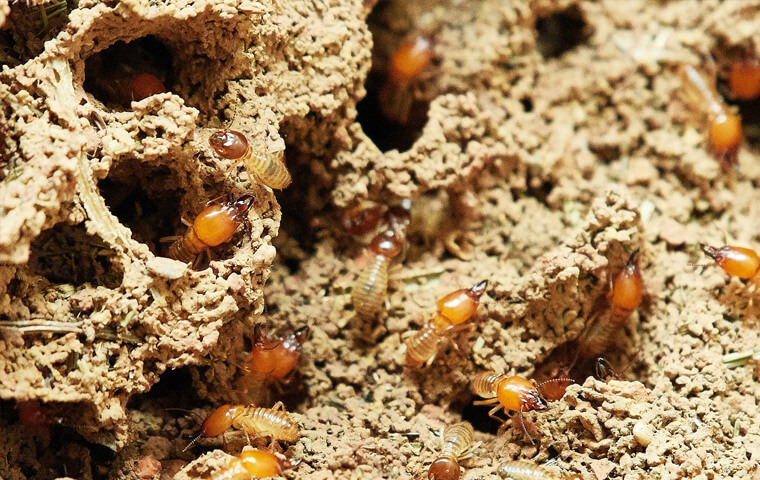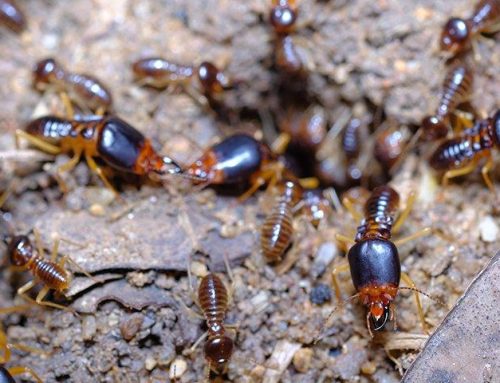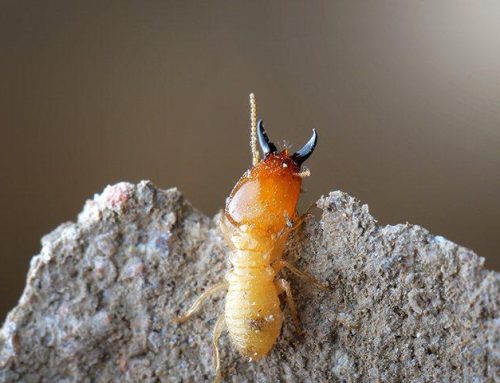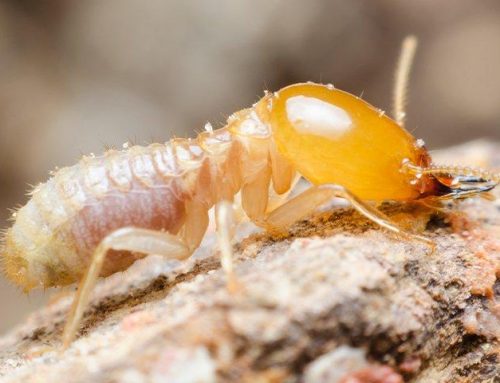Unfortunately, termites love to cause problems here in Lakewood, NJ. Preventing termite problems is key to protecting your home because termite infestations can go for years undetected. However, homes in Lakewood could incur thousands of dollars in home repairs because of termite damage, unless they act fast.

This is because it can take years for termite damage to show, but having termites under the house always leads to destruction. There’s a secret to identifying termites on your Lakewood property, but first, let’s discuss what termites look like and why they’re so destructive.
Termite Identification Tips
Termites are a peculiar looking pest. These insects most closely resemble flying ants, but a few key features differentiate ants from a homeowner’s worst nightmare. Termites typically range between ¼ and ½ an inch. They range in color from gray to light brown, though many termites also have a translucent look and are almost see through. Termites have sectioned bodies, six legs, and spiny antennae that are about the length of their heads. Some termites also have wings, though most termites don’t fly.
Termite infestations often go unnoticed because these pests burrow underground. They then create tunnels and chew through the wood in your house, but they do so silently, so the damage they cause often goes unnoticed until it’s too late.
Signs Of Termite Infestations In Lakewood
Because termites are silent destroyers, it’s important to proactively identify an infestation before it causes too much damage. Here are the six signs you might have termites in your home, as well as the factors that attract them.
- Clicking noises: Termites are noisy eaters, so if you press your ear up against your walls or floorboards, you may hear them snacking away on your home’s wooden infrastructure.
- Discarded wings: Termites shed their translucent wings once they’ve started a new colony. If you see wings around your lawn, in the grass, stuck in a spider’s web, or especially near windows and interior light sources then you may live above a termite colony. Note that this mainly applies to the spring months.
- Termite excrement: Also known as termite frass, these pests leave tiny wood-colored pellets (similar to saw dust) around their colonies, from floorboards to window sills.
- Termite pinholes: These are tiny holes that termites create on drywall or wallpaper when they eat through the walls, so keep a close eye on your walls for any pinpoint size holes.
- Wood damage: Sagging ceilings, creaky floorboards, and weak furniture are all signs of wood decay from termite activity.
- Discoloration: Discolored walls can occur from the moisture released by termite activity.
Termites often burrow beneath households that have a lot of soil-to-wood contact. If your yard contacts the wooden structures of your home, you will benefit from separating soil from wood.
Households with moisture problems also attract termites, because moist and decaying wood is especially attractive to these pests. Additionally, having wood piles around the house is enough to pique a termite’s interest, causing years of home damage.
Finally, rest assured that the help of Lakewood’s local exterminators can help you manage termites. If you notice any signs of termites, let the professionals intervene before these pests cause more damage. The pest control professionals at Bugaboo Pest Control know just how to save your house from termites. Contact us today, and we’ll protect your home from termites. Learn more about our home pest control and commercial pest control services.





